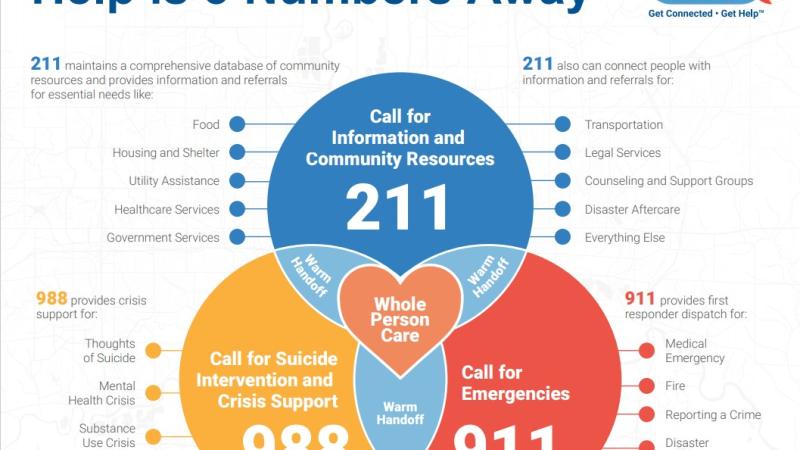
April 13, 2022
Having been on the market for over a decade now, many of us have at least some familiarity with vaping. Whether it is because you or a loved one use the products, or you’ve seen the big blooms of vapor being exhaled from someone in public, they seem to be more and more common.
So what exactly is vaping? Vaping is a process. Electronic devices (or e-cigarettes) heat a liquid until it becomes an aerosol. The aerosol is then inhaled into the lungs and blown out. Most of the time, the chemicals that are inhaled include nicotine and flavors, among others.
Although people of all ages vape, data over the last few years show just how common it is among youth. Results from the 2021 Monitoring the Future Survey shows that one in five high school seniors have vaped nicotine in the last month. This is staggering and highlights the critical need to combat what is being called a “serious public health concern” from the Centers for Disease Control (CDC).
Nicotine, the addictive substance found in tobacco products, harms critical parts of the brain in youth such as the areas for learning, attention, mood and impulse control. These are particularly important areas for teenagers! The high concentration of nicotine in modern vaping devices allows users to ingest what is equal to a pack of cigarettes in just one pod and do it discretely whenever they want. Another worrisome pattern is that using nicotine in adolescence may also increase the risk for future addiction to other drugs.
Studies show that flavor plays a major role in the initiation and use of tobacco products by our country’s youth. Big Tobacco uses flavors like pineapple, banana and orange to lure them into using. Unfortunately, only a handful of states have enacted complete bans on the sale of flavored products to date. For this reason, more discussion and advocacy is needed.
So what can we do to help our youth with this dangerous trend? First is to set a good example. Adolescents often mimic their parents and other adults they admire, so if you use any nicotine products, work with a medical team to quit. Another important step is to have conversations with youth about e-cigarettes and other substances. Talk about the risks to their health and your concern. Finally, seek out medical attention. For adults, the most successful treatment to combat nicotine addiction is a combination of both medication and behavioral therapies. However, there are currently no FDA-approved medications for individuals younger than 18, but that does not mean that there are not steps we can take to intervene. There are some studies showing that the same medicines and therapies approved for adults work for adolescents with a nicotine use disorder. Therefore, medications for adolescents with a nicotine use disorder are offered on a case-by-case basis by an experienced medical provider. Other options include free resources such as smokefree.gov, 1-800-QUIT-NOW, or truthinitiative.org (where you can text “DITCHJUUL” to 88709 to get effective and free help).
Individuals who quit vaping report less depression and anxiety and improved overall quality of life. We all want our youth to live joyfully and protect their bright futures. We invite our entire community to work together to end the youth vaping epidemic. The benefits will be astounding!
Jaime J. Larese, MS, RDN, CTTS, NBC-HWC is a Registered Dietitian Nutritionist, Certified Tobacco Treatment Specialist, and Nationally Board Certified Health and Wellness Coach. She is the Wellness Promotion Developer and Educator at St. Peter’s Health.
Dr. Kyle Moore is board certified in family medicine and addiction medicine. He is the Medical Director of Addiction Medicine at St. Peter’s Health where he also practices family medicine.


